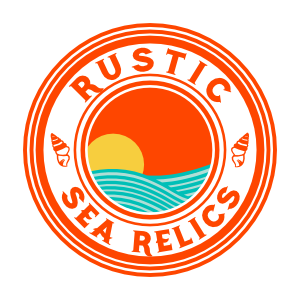In this article, learn about the most popular Florida native trees and plants. Also, find out about soil types, non-native trees and plants, and more.’
Florida is home to a wide variety of native trees and plants.
From the palm trees of South Florida to the flowering dogwood of the Florida panhandle, this article explores the trees and plants that define Florida.
Also, these lists contain both the common names and scientific names of each native tree species and plant species.
Here are some jump links to the main sections of this post.
Native Florida Trees List
Native Florida Plants List
Florida Soil Types
Native Florida Trees Per Region
Florida Southern Live Oak
Florida Native Pine Trees
Non-Native Trees and Plants
Florida Hardiness Zones
Native Florida Trees List
This list contains the commonly recognized Florida native trees and plants
Sabal Palm (Sabal palmetto)
Florida’s state tree and characterized by its fan-shaped fronds and preference for full sun.
Live Oak (Quercus virginiana)
Most common among mature trees in Florida, this large evergreen oak contains sprawling branches and natural beauty.
Bald Cypress Trees (Taxodium distichum)
A deciduous conifer often found in swamps and wetlands.
Southern Magnolia (Magnolia grandiflora)
Commonly used as an ornamental tree and known for its large, fragrant white flowers and glossy leaves.
Longleaf Pine (Pinus palustris)
A tall pine tree with long needles and a fire-resistant bark.
Slash Pine (Pinus elliottii)
A pine tree with distinctive long needles and slender cones.
Sand Pine (Pinus clausa)
Found in sandy soils, with short needles and small cones.
Loblolly Pine (Pinus taeda)
A fast-growing tree with long needles and large cones.
Red Cedar (Juniperus virginiana)
An evergreen tree with aromatic wood often used for cedar chests.
Eastern Redbud (Cercis canadensis)
Known for its striking pink or purple flowers in spring.
American Holly (Ilex opaca)
A small evergreen tree with bright red berries in winter.
Sweetbay Magnolia (Magnolia virginiana)
Features fragrant white flowers in late spring and silvery undersides of leaves.
Pond Cypress (Taxodium ascendens)
A smaller cypress tree often found in wetlands.
Cabbage Palm (Sabal palmetto)
A native palm tree with a distinctive cabbage-like growth at its top.
American Hornbeam (Carpinus caroliniana)
Also known as “musclewood” due to its smooth, sinewy bark.
Wax Myrtle (Myrica cerifera)
An evergreen shrub/tree with aromatic leaves and waxy berries.
Sand Live Oak (Quercus geminata)
A drought-tolerant oak tree with lobed leaves.
Chapman’s Oak (Quercus chapmanii)
A small oak tree found in sandy soils.
Winged Sumac (Rhus copallinum)
Known for its vibrant fall foliage and winged stems.
Chickasaw Plum (Prunus angustifolia)
A small, fruit-bearing tree with small white flowers in early spring.
Black Tupelo (Nyssa sylvatica)
A small deciduous tree with brilliant fall foliage and dark, furrowed bark.
Red Mulberry (Morus rubra)
Bears sweet, edible mulberries and supports wildlife.
American Elm (Ulmus americana)
A large shade tree with distinctive serrated leaves.
Southern Red Cedar (Juniperus silicicola)
A coastal cedar species with blue-green foliage.
Cherry Laurel (Prunus caroliniana)
An evergreen tree with fragrant white flowers and cherry-like fruit.
Florida Maple (Acer floridanum)
A smaller maple tree with lobed green leaves.
Florida Elm (Ulmus americana var. floridana)
A native elm species.
Water Hickory (Carya aquatica)
A tree found in wetland areas with distinctive, serrated leaves.
White Oak (Quercus alba)
A large oak tree with lobed leaves and acorns.
Black Oak (Quercus velutina)
A beautiful tree known for its dark bark and yellow fall foliage.
Chestnut Oak (Quercus prinus)
A tall oak with chestnut-like leaves.
Laurel Oak (Quercus laurifolia)
An evergreen oak with leathery leaves.
Myrtle Oak (Quercus myrtifolia)
A small oak tree with small, elliptical leaves.
Pignut Hickory (Carya glabra)
A hickory tree with edible nuts.
Mockernut Hickory (Carya tomentosa)
Known for its large, hard-shelled hickory nuts.
Native Florida Plants List
Below you will find a complete list of the native plants in Florida.
Saw Palmetto (Serenoa repens)
One of the most low-maintenance plants, a palm-like shrub with saw-like leaf margins.
Firebush (Hamelia patens)
A shrub with red tubular flowers that attract hummingbirds.
Beach Sunflower (Helianthus debilis)
A groundcover with bright yellow flowers.
Coreopsis (Coreopsis spp.)
A popular choice for specimen plants, it has wildflowers known for their vibrant blooms.
Tickseed (Coreopsis spp.)
A type of coreopsis with daisy-like flowers.
Black-eyed Susan (Rudbeckia hirta)
A popular wildflower with distinctive dark centers.
Beach Morning Glory (Ipomoea pes-caprae)
A coastal vine with showy purple flowers.
Sea Oats (Uniola paniculata)
A dune-stabilizing grass with distinctive oat-like seed heads.
Marsh Pink (Sabbatia spp.)
A wetland wildflower with pink, star-shaped blossoms.
Swamp Sunflower (Helianthus angustifolius)
A sunflower species adapted to wetland habitats.
Bluestem Grasses (Andropogon spp.)
Native grasses that provide habitat and erosion control.
Gulf Coast Lupine (Lupinus westianus)
A wildflower with tall spikes of blue-purple flowers.
Wild Coffee (Psychotria nervosa)
A shrub with clusters of white flowers and red fruit.
Blue-eyed Grass (Sisyrinchium spp.)
A small, grass-like plant with blue or purple flowers.
St. Andrew’s Cross (Hypericum hypericoides)
A shrub with yellow, cross-shaped flowers.
Coontie (Zamia integrifolia)
A cycad with fern-like fronds.
Tickseed Sunflower (Bidens spp.)
Wildflowers with yellow petals and black centers.
Blue Flag Iris (Iris virginica)
A native iris with blue-purple flowers.
Pineland Heliotrope (Heliotropium polyphyllum)
A small, fragrant wildflower.
Partridge Pea (Chamaecrista fasciculata)
A legume with yellow, butterfly-attracting flowers.
Coral Bean (Erythrina herbacea)
A shrub with striking red flowers.
Swamp Fern (Blechnum serrulatum)
A fern species adapted to wetland environments.
Wild Indigo (Baptisia spp.)
A legume with tall spikes of blue or yellow flowers.
Pickerelweed (Pontederia cordata)
A wetland plant with spike-like clusters of purple flowers.
Marsh Pink (Spigelia marilandica)
A woodland wildflower with tubular red blossoms.
Simpson’s Stopper (Myrcianthes fragrans)
A shrub with fragrant white flowers that bloom in late summer and prefer well-drained soil.
Firewheel (Gaillardia spp.)
Wildflowers with red or yellow petals and a central disk.
American Wisteria (Wisteria frutescens)
A native wisteria species.
Sweet Pepperbush (Clethra alnifolia)
A shrub with fragrant, bottlebrush-like flowers.
Coastal Plain Joe-pye Weed (Eutrochium dubium)
A wetland wildflower.
Coastal Plain Honeycombhead (Balduina angustifolia)
A wildflower with yellow, globe-like flowers.
Florida Azalea (Rhododendron austrinum)
A deciduous azalea species.
Sawgrass (Cladium jamaicense)
A wetland grass with sharp, saw-like leaf margins.
Swamp Sunflower (Helianthus angustifolius)
A sunflower species adapted to wetland habitats.
Dogwood (Cornus florida)
A small tree or shrub with showy white or pink flowers.
Florida Soil Types
The soil type in Florida determines the location of the Florida native trees and plants.
Moreover, factors such as geology, climate, and vegetation determine the soil type.
Some of the common soil types in Florida include:
Spodosols
These are acidic soils found primarily in northern Florida and are characterized by a subsurface horizon known as an “E horizon” or “spodic horizon.”
Also, they often have low nutrient content and are typical of pine forests.
Entisols
These are young, poorly developed soils found throughout Florida.
In addition, this sandy soil is found in areas with recent geological changes such as river floodplains.
Ultisols
Common in the central and northern parts of the state, ultisols are weathered soils with clay-rich horizons.
Keep in mind, they are typically acidic and have relatively low fertility.
Alfisols
These soils are found in various parts of Florida and are characterized by their clay-rich horizons and moderate fertility.
Moreover, they support a wide range of crops and vegetation.
Histosols
Known as organic soils, histosols are found in Florida’s wetlands, marshes, and swamps.
Also, they have a high organic matter content and can hold large amounts of water.
Mollisols
Typically found in areas with high agricultural activity, mollisols are fertile, dark-colored soils with good moisture retention.
Additionally, they are mainly found in central and western Florida.
Aridisols
These are arid or semi-arid soils found in the drier regions of Florida, primarily in the southwestern part of the state.
Also, they are characterized by low organic matter content and limited fertility.
Oxisols
These highly weathered soils are primarily found in southern Florida. They are often sandy and have low nutrient content.
Furthermore, Oxisols are associated with tropical rainforests.
Inceptisols
These are young soils with limited horizon development.
They can be found in various parts of the state and often have characteristics of entisols.
Vertisols
These clay-rich soils have high shrink-swell properties, meaning they expand when wet and shrink when dry.
Also, they are found in parts of northern Florida.
Please note, variations exist within these broad soil types.
Soil types can play a crucial role in agriculture, land use planning, and ecosystem management in Florida.
Native Florida Trees and Plants per Region

Each region in Florida offers a unique climate for various Florida native trees and plants.
As you visit a certain Florida region, pay attention to the popular plants within that region as outlined below.
Please note, these trees and plants are generally well-suited to the specified regions, there can be variations within each region due to microclimates, local soil conditions, and other factors.
Additionally, many of these species can be found in multiple regions, but the list reflects their primary or most common habitat.
South Florida
- Sabal Palm (Sabal palmetto)
- Simpson’s Stopper (Myrcianthes fragrans)
- Silver Palm (Coccothrinax argentata)
South Florida enjoys a tropical climate characterized by hot and humid conditions.
Summers are long with temperatures often exceeding 90°F (32°C).
Winters are mild and dry with temperatures rarely dropping below 60°F (15°C).
Lastly, this region is also prone to heavy rainfall during the wet season and is susceptible to hurricanes and tropical storms.
North Florida
- Southern Red Cedar (Juniperus silicicola)
- Sweet Pepperbush (Clethra alnifolia)
- Sand Live Oak (Quercus geminata)
- Chapman’s Oak (Quercus chapmanii)
- Coontie (Zamia integrifolia)
North Florida experiences a more temperate climate than the southern regions.
Winters can be cool with temperatures occasionally dropping below freezing.
Summers are warm and humid with daytime temperatures often reaching the upper 80s°F (30°C).
Lastly, rainfall is fairly evenly distributed throughout the year.
Central Florida
- Longleaf Pine (Pinus palustris)
- Loblolly Pine (Pinus taeda)
- Red Maple (Acer rubrum)
- Sweetbay Magnolia (Magnolia virginiana)
Central Florida has a subtropical climate with warm to hot summers and mild winters.
Summer temperatures often exceed 90°F (32°C).
Winters are pleasant with daytime temperatures in the 60s to 70s°F (15-25°C).
Laslty, Rainfall is highest during the summer months, with occasional thunderstorms.
Florida Panhandle
- Red Maple (Acer rubrum)
- Loblolly Pine (Pinus taeda)
- Sweet Pepperbush (Clethra alnifolia)
- Sand Live Oak (Quercus geminata)
- Simpson’s Stopper (Myrcianthes fragrans)
- Silver Palm (Coccothrinax argentata)
The Florida Panhandle features a blend of subtropical and temperate climates.
Summers are warm and humid with daytime temperatures in the upper 80s°F (30°C). }
Winters can be cooler than other parts of Florida with occasional freezing temperatures.
Lastly, rainfall is relatively evenly distributed throughout the year.
Florida Keys
- Simpson’s Stopper (Myrcianthes fragrans)
- Silver Palm (Coccothrinax argentata)
The Florida Keys have a tropical marine climate with consistently warm temperatures year-round.
Summers are hot and humid with temperatures often exceeding 90°F (32°C).
Winters are mild with daytime temperatures in the 70s to 80s°F (21-30°C).
Lastly, the region is susceptible to hurricane impacts.
Florida Southern Live Oak
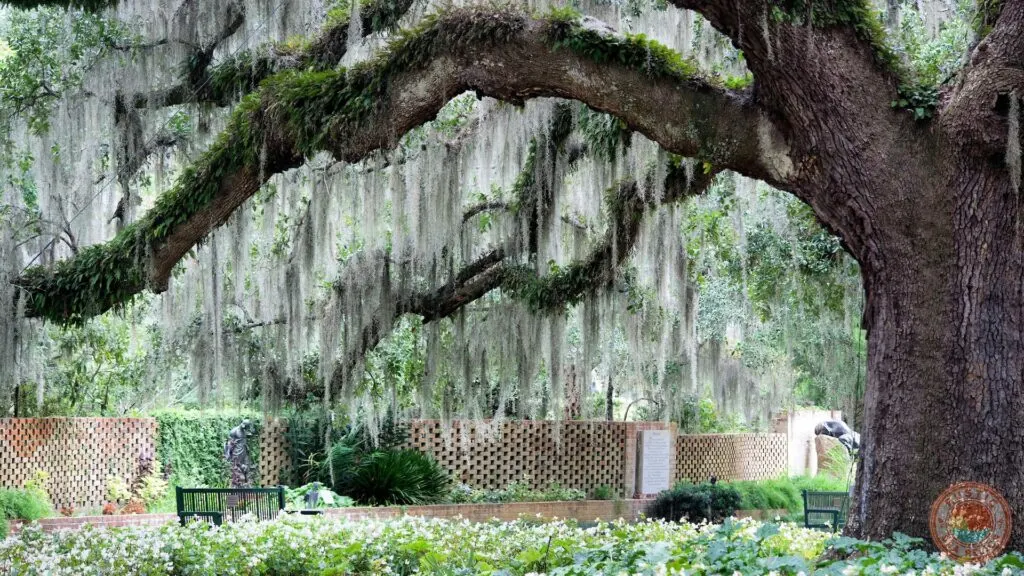
The Southern Live Oak (Quercus virginiana), commonly found in Florida, is an popular tree renowned for its stately appearance and cultural significance.
Here’s a description of the Southern Live Oak:
Appearance
Southern Live Oaks are large trees that can reach heights of 40 to 80 feet or more.
Moreover, they have a broad, sprawling canopy with dense, dark green foliage that provides abundant shade.
Also, the leaves are elliptical, leathery, and evergreen.
They offer a glossy dark green upper surface and a pale, gray-green underside.
The bark is thick, rough, and deeply furrowed. It often contains a dark, grayish-brown to nearly black coloration.
Characteristics
Southern Live Oaks offer remarkable strength and longevity.
Many oak trees live for hundreds of years.
Furthermore, they have a high tolerance for strong winds and inclement weather.
Well-adapted to the hot and humid climate of Florida, they withstand hurricanes, salt spray, and other environmental stressors.
Furthermore, the branches grow in a gnarled and twisted manner, giving the tree its distinctive character.
Additionally, Spanish moss often drapes from the branches of Southern Live Oaks, adding to their ethereal appearance.
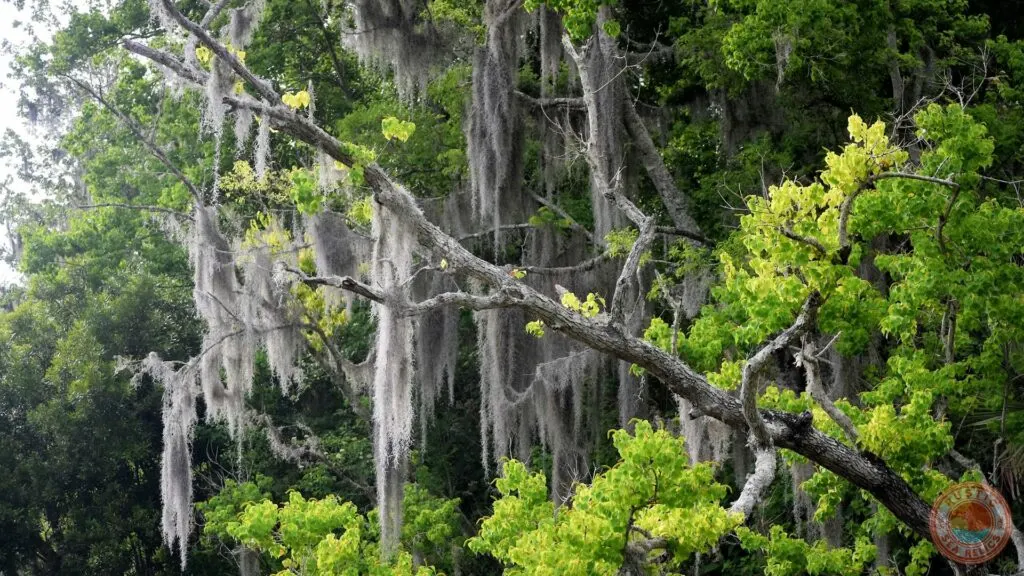
Ecological Significance
Southern Live Oaks provide essential habitat and food for a variety of wildlife, including birds, squirrels, and insects.
More importantly, their extensive root systems help stabilize soil, making them valuable in coastal regions.
Moreover, these trees hold cultural and historic significance in the southern United States and are often associated with grand, antebellum landscapes.
Cultural and Historic Significance
Southern Live Oaks have been featured in many historic landscapes, parks, and plantations throughout Florida and the southern United States.
In addition, they provide deep roots in Southern traditions and symbolizing strength, endurance, and hospitality.
Moreover, these majestic trees are popular choices for outdoor weddings and events due to their romantic and timeless beauty.
In Florida, Southern Live Oaks contribute to the state’s rich natural and cultural heritage.
Additionally, they offer a beautiful appearance.
In summary, they continue to be a source of inspiration and admiration for residents and visitors alike
Florida Native Pine Trees
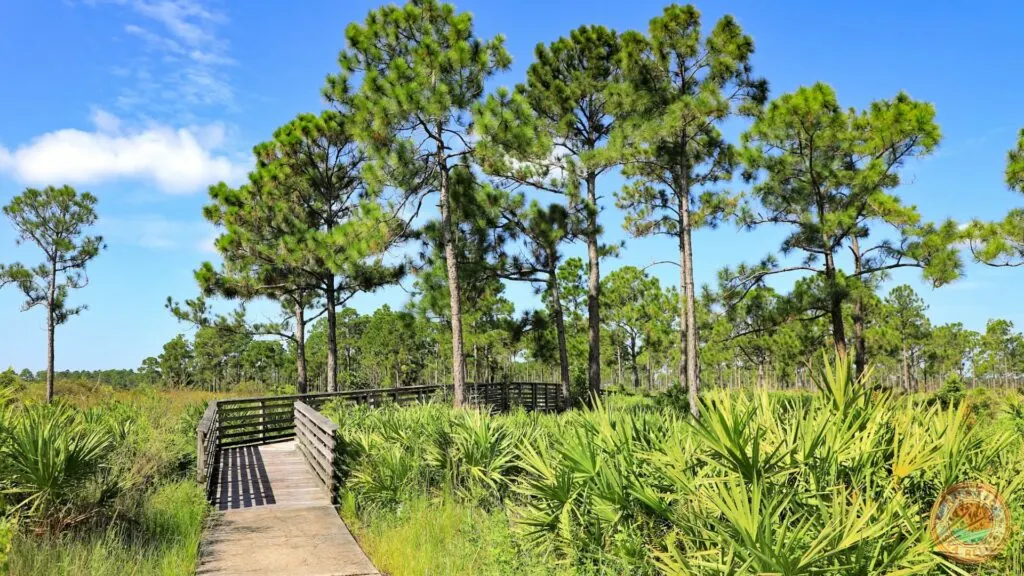
Florida is home to several species of pine trees, each adapted to the unique ecological conditions of the state.
Some of the prominent pine tree species found in Florida include:
Native Longleaf Pine (Pinus palustris)
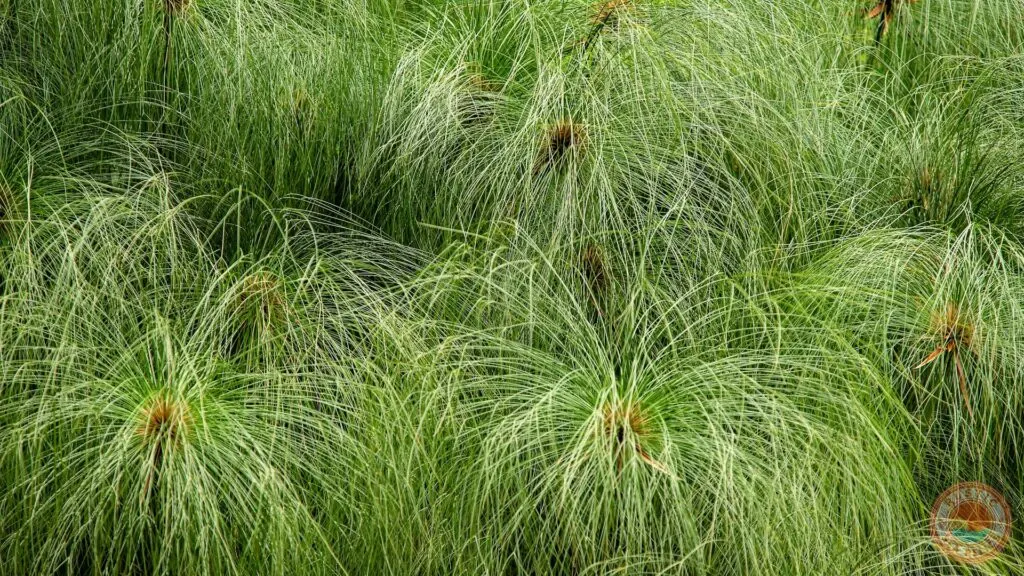
Longleaf pine is perhaps the most iconic pine species in Florida.
Moreover, It has long needles and a tall, straight trunk.
Longleaf pine ecosystems offer fire-dependence.
Obviously, these trees are adapted to frequent wildfires.
In Florida, longleaf pine ecosystems have been greatly reduced due to land development, but conservation efforts are underway to restore them.
Slash Pine (Pinus elliottii)
Slash pine is another native pine species in Florida.
It has slightly shorter needles and is often found in wetter areas and along riverbanks.
Additionally, the timber industry uses slash pine as an important commercial species.
Loblolly Pine (Pinus taeda)
Loblolly pine, while more common in the southeastern United States, thrive in northern Florida.
It has shorter needles than longleaf pine and is a valuable timber species.
Sand Pine (Pinus clausa)
Sand pine is well-suited to Florida’s sandy soils, especially in the central and northern parts of the state. In addition, it has short needles and small cones.
Pond Pine (Pinus serotina)
Pond pine is often found in wetland areas and is adapted to periodically flooded conditions.
Also, it has relatively short needles and small cones.
Unique Pine Trees in Florida
Obviously, Florida’s pine trees differ from those in other states due to the state’s unique climate, soils, and ecological history.
Here are some reasons why Florida’s pine trees are distinct:
- Adaptation to Fire: Many of Florida’s pine species, especially longleaf pine, are well-adapted to frequent wildfires. Furthermore, these species have evolved fire-resistant bark and other adaptations that allow them to thrive in fire-prone ecosystems. Obviously, fire is a natural part of Florida’s landscape, and these pine trees have evolved to benefit from it.
- Diversity of Ecosystems: Florida’s diverse ecosystems, ranging from coastal dunes to wetlands and upland forests, have led to the evolution of a variety of pine species that are uniquely adapted to different habitats.
- Human Influence: Human activities, including urbanization and timber harvesting, have shaped Florida’s pine tree populations. Also, timber management has led to the prevalence of certain pine species, like slash pine, in commercial forestry.
- Climate: Florida’s warm and humid climate, with mild winters and abundant rainfall, provides a unique environment for pine tree growth compared to states with colder winters and different precipitation patterns.
Overall, the diversity of pine species in Florida reflects the state’s ecological richness and its importance in both natural ecosystems and the timber industry.
Non-Native Trees and Plants in Florida
Florida faces significant challenges from non-native invasive plants and trees.
More importantly, this disrupts natural ecosystems, outcompete native species, and lead to various environmental problems.
Some of the most problematic non-native plants and trees in Florida include:
Brazilian Pepper (Schinus terebinthifolius)
- Problem: Brazilian pepper is highly invasive and forms dense thickets, displacing native vegetation. It can alter soil chemistry and inhibit the growth of native plants.
- Why: It lacks natural predators and diseases in Florida, allowing it to spread rapidly. Birds disperse its seeds widely.
Melaleuca (Melaleuca quinquenervia):
- Problem: Melaleuca can dominate wetland ecosystems, reducing water availability for native plants and altering habitats for wildlife.
- Why: Originally introduced as a means of draining swamps. Aggressive growth and lack of natural predators made it invasive.
Australian Pine (Casuarina equisetifolia and Casuarina glauca):
- Problem: Australian pines crowd out native vegetation, alter soil composition, and provide poor habitat for native wildlife.
- Why: First introduced as ornamental trees and for erosion control. At present, their rapid growth makes them invasive.
Japanese Climbing Fern (Lygodium japonicum):
- Problem: This invasive fern can smother native vegetation and alter natural fire regimes in Florida’s ecosystems.
- Why: Japanese climbing fern spreads quickly and efficiently, forming dense mats that outcompete native plants.
Air Potato (Dioscorea bulbifera):
- Problem: Air potato vines grow aggressively, smothering native plants and disrupting natural habitats.
- Why: It spreads through bulbils (small bulb-like structures) produced along the vines and can quickly cover large areas.
Cogongrass (Imperata cylindrica):
- Problem: Cogongrass forms dense, monoculture stands, degrading wildlife habitats and negatively impacting native plant species.
- Why: It has a highly efficient root system and is capable of rapid growth and reproduction.
Australian Tree Fern (Sphaeropteris cooperi):
- Problem: Australian tree fern can displace native understory plants in forests, affecting the entire ecosystem.
- Why: Often planted as an ornamental, it escapes cultivation and establishes itself in natural habitats.
Non-native invasive plants and trees pose problems because they have several advantages over native species.
Obviously, these advantages include rapid growth, high reproductive rates, and a lack of natural predators or diseases in Florida.
They often alter ecosystems, reduce biodiversity, and impact water resources.
As a result, this makes them a challenge for conservation efforts and ecosystem management in Florida.
Lastly, ongoing control and eradication efforts are ongoing to mitigate the impacts of these invasive species.
Florida Hardiness Zones
- North Florida Hardiness Zone:
- 8b: Minimum average temperature of 15-20°F (-9 to -7°C).
- 9a: Minimum average temperature of 20-25°F (-6 to -4°C).
- 9b: Minimum average temperature of 25-30°F (-4 to -1°C).
- Central Florida Hardiness Zone:
- 9b: Minimum average temperature of 25-30°F (-4 to -1°C).
- 10a: Minimum average temperature of 30-35°F (-1 to 2°C).
- South Florida Hardiness Zone:
- 10a: Minimum average temperature of 30-35°F (-1 to 2°C).
- 10b: Minimum average temperature of 35-40°F (2 to 4°C).
- 11a: Minimum average temperature of 40-45°F (4 to 7°C).
These USDA Hardiness Zones guide gardeners and landscapers in selecting plants and trees best suited to the local climate conditions.
Please note, these zones are helpful for general guidance, microclimates, proximity to bodies of water, and other factors can influence local temperatures and plant survival.
Additionally, Florida’s diverse ecosystems and unique climate patterns provide a wide range of native trees and plants.
Lastly, they adapt to the specific conditions of each zone.
Conclusion
In conclusion, native Florida trees and plants play a vital role in the state’s natural heritage and history.
Additionally, they serve as the foundation of Florida’s natural beauty.
From the iconic Sabal Palm on the coastal landscapes to the vibrant blossoms of the Coreopsis, Florida’s native trees and plants represent the adaptability and resilience of the state perfectly.
Related Posts:
